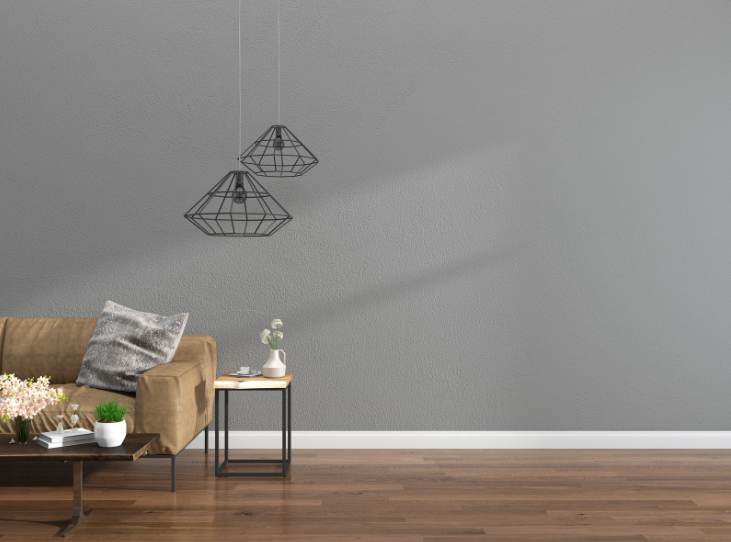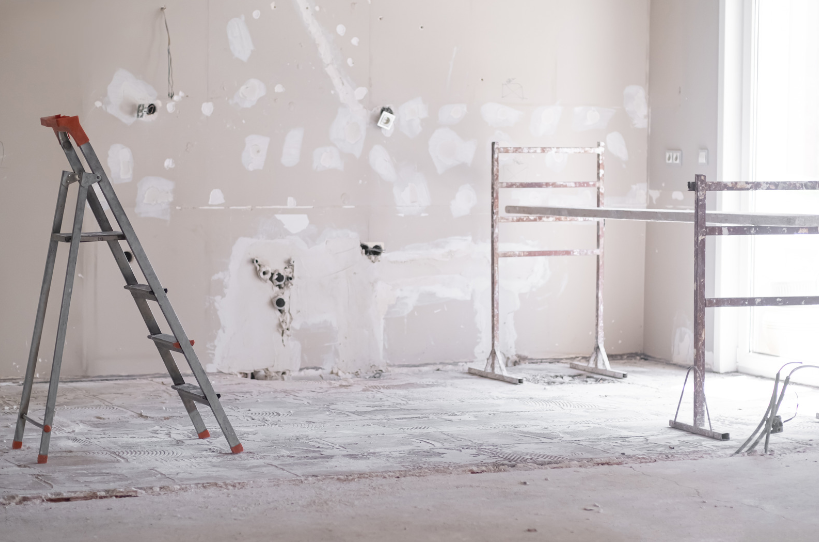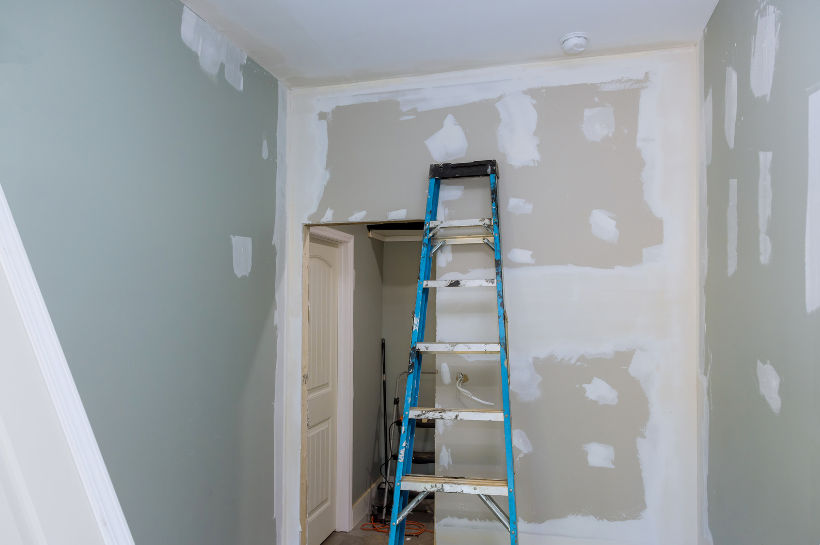What Type of Drywall Should Be Used in a Bathroom?
Bathrooms are exposed to high levels of moisture on a regular basis. The outer faces of a standard sheet of drywall are made of paper.
If you’ve ever handled damp paper before, we don’t need to explain to you why this combination is problematic. This doesn’t mean that you have to resort to archaic lath and plaster walls for your bathroom, however. Drywall can be installed in any bathroom as long as the proper type of drywall is used and the proper steps are taken to protect it.
There are many specialty types of drywall available to serve a variety of purposes. In a bathroom, the biggest concerns are water, mold, and mildew. There are two types of drywall that protect against these: cement board and green board.
Cement board is infused with cement and cellulose fibers, making it incredibly water-resistant and immune to mold and mildew growth. It is also much stronger and heavier than other types of drywall. For areas that will come into frequent contact with water (such as backsplashes and shower walls), cement board is the only type of drywall that we recommend. It is the only drywall that can withstand consistent and prolonged exposure to water without disintegrating or turning into a breeding ground for mold.
For bathroom walls that will not come into contact with water very often, green board is a great substitute. Green board is resistant to water and mold growth, but it is by no means waterproof. It is much more cost-effective than cement board, however, so it is often used for bathroom walls that won’t encounter liquid water - just high levels of humidity. It is also much easier for
drywall repair or installation than cement board.
Using cement board and green board in your bathroom is a great first step in ensuring that your walls remain intact and mold free. But water resistant drywall alone is not enough. There are a few other items to keep in mind when installing or replacing bathroom walls. First, be sure to use fasteners that will not rust. Second, always use waterproofing between cement board and tile backsplashes or shower walls. As grout ages, it becomes brittle and can crack, allowing water to seep through.
Even with the best materials and proper installation, you must always be vigilant to protect not only your bathroom walls, but your entire bathroom - cabinets and fixtures included. During and after a bath or shower, always run a fan or crack open a window to keep humidity levels to a minimum. Hang damp towels to dry, and clean up any standing water that might accumulate on the floor.
A well-designed and well-maintained bathroom will serve you well for a very long time. Don’t cut corners in an attempt to save a few dollars when remodeling your bathroom - choose
the right experts and the right drywall and and protect it properly, then relax and enjoy the fruit of your labor!
Still have questions? Need a quote? Our professionals are here to help with all your drywall needs!
You might also like



